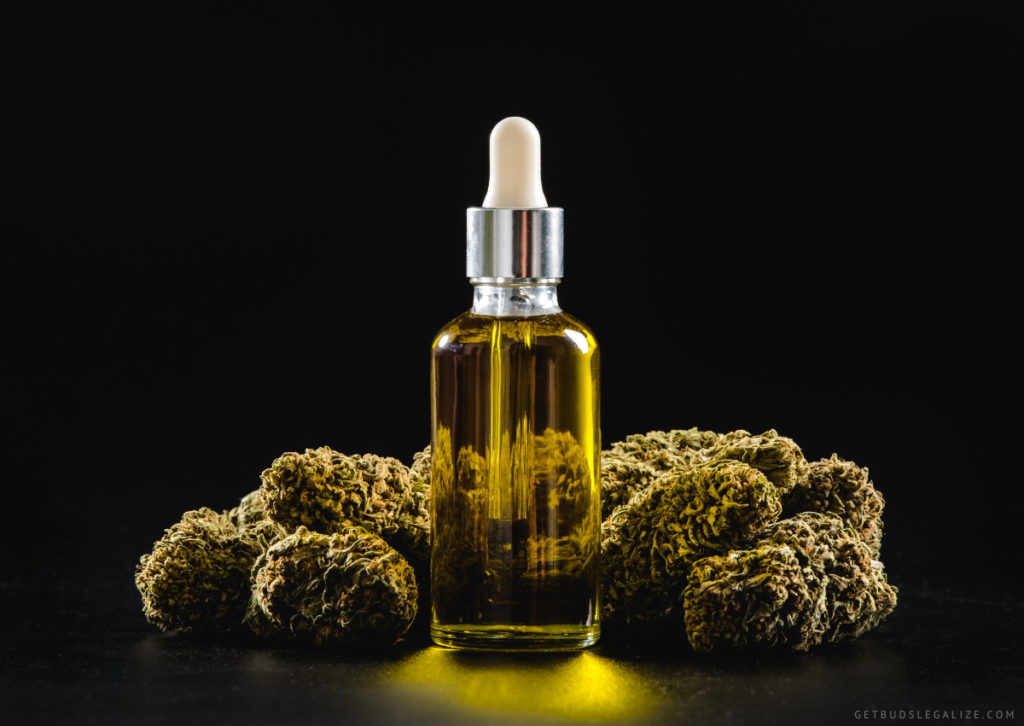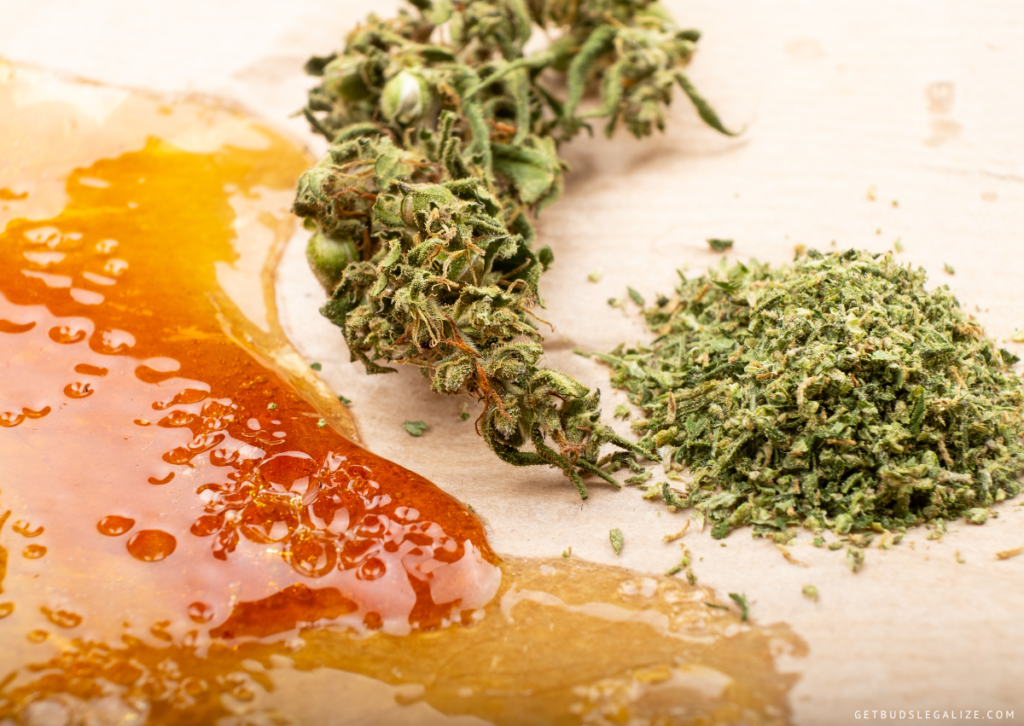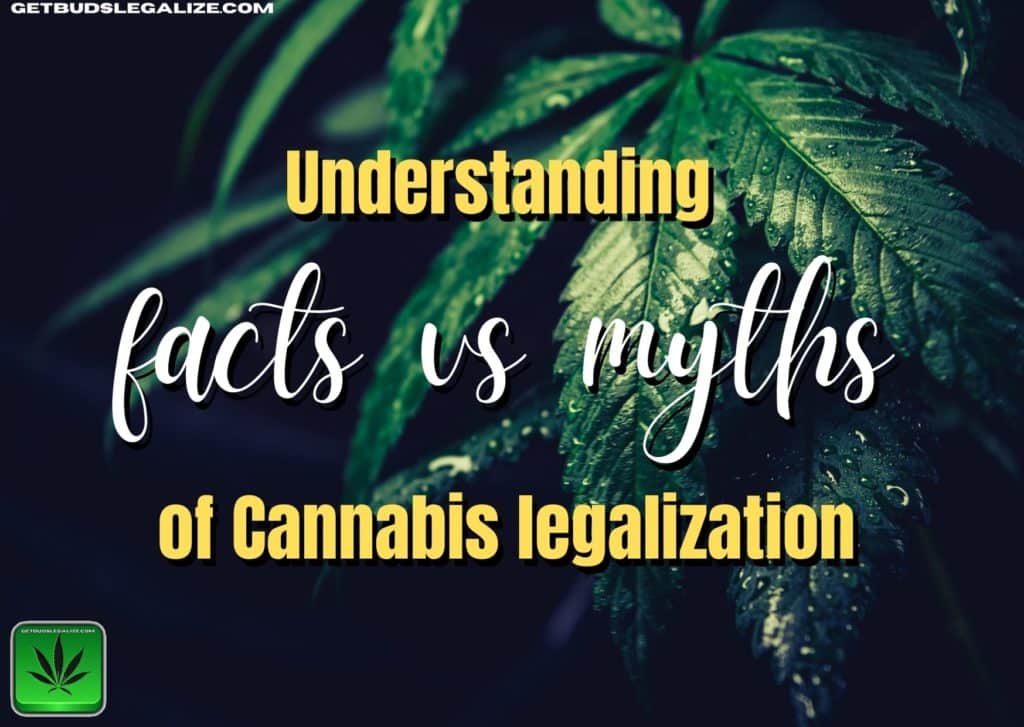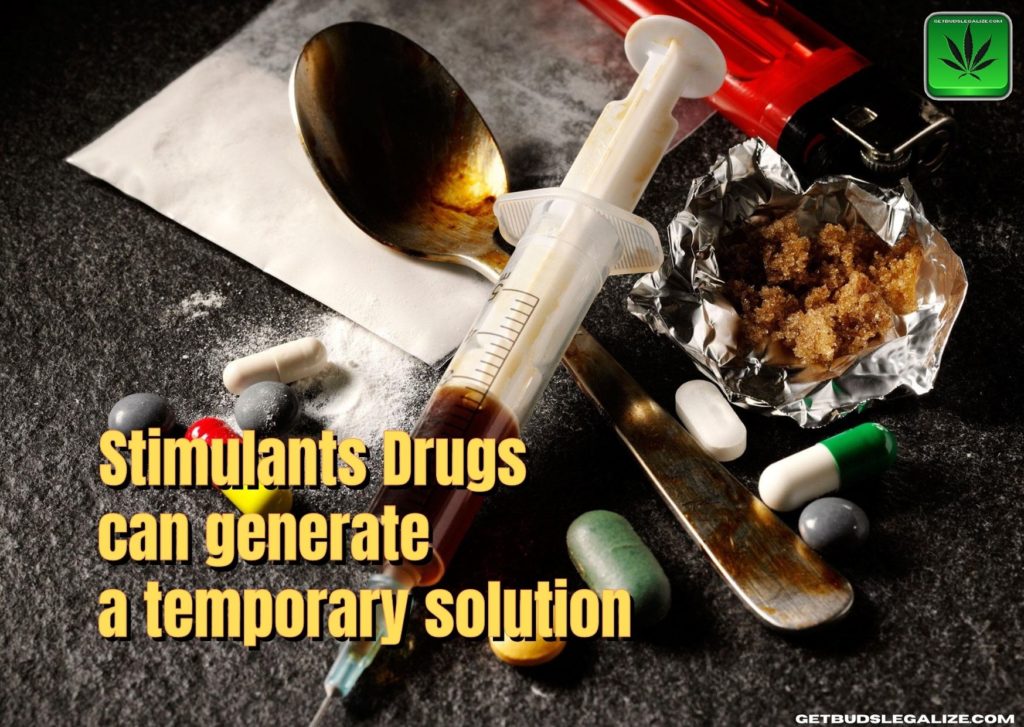How to Remove Pesticides from Cannabis Extracts? 3 Infallible Methods
Cannabis extracts are becoming increasingly popular among consumers who enjoy the potency and variety of these products. However, extracts also pose some challenges when it comes to ensuring their quality and safety. One of the main concerns is the presence of pesticides, which can contaminate the cannabis plant material and end up in the final product.
How Do Pesticides End Up In Cannabis Extracts?
Pesticides are chemicals that are used to protect crops from pests, diseases, and weeds. They can be applied to the cannabis plants during cultivation, or they can be present in the soil, water, or air where the plants are grown. Some pesticides are systemic, meaning they are absorbed by the plant and distributed throughout its tissues. Others are contact, meaning they only affect the surface of the plant.
When cannabis plants are harvested and processed into extracts, the pesticides can remain in the plant material or be transferred to the solvent or carrier oil used for extraction. Depending on the type and amount of pesticide, it can affect the quality, flavor, potency, and safety of the cannabis extract.
What Are The Potential Effects of Pesticides on Human Health?

Pesticides can have various effects on human health, depending on the type, dose, route of exposure, and individual susceptibility. Some of the possible effects include:
- Acute toxicity: This occurs when a person is exposed to a high dose of pesticide in a short period of time. It can cause symptoms such as nausea, vomiting, headache, dizziness, skin irritation, eye irritation, respiratory distress, seizures, coma, or death.
- Chronic toxicity: This occurs when a person is exposed to low doses of pesticide over a long period of time. It can cause symptoms such as fatigue, weakness, weight loss, anemia, liver damage, kidney damage, hormonal disruption, reproductive problems, birth defects, cancer, or neurological disorders.
- Allergic reactions: Some people may be allergic to certain pesticides or their ingredients. They can experience symptoms such as skin rashes, hives, itching, swelling, breathing difficulties, or anaphylaxis.
How Can I Test for The Presence of Pesticides in My Extracts?
There are different methods for testing for pesticides in cannabis extracts. Some of the most common ones are:
- Gas chromatography-mass spectrometry (GC-MS): This method uses a gas chromatograph to separate the components of the extract and a mass spectrometer to identify and quantify them based on their molecular weight and structure. It can detect a wide range of pesticides at low concentrations.
- Liquid chromatography-mass spectrometry (LC-MS): This method uses a liquid chromatograph to separate the components of the extract and a mass spectrometer to identify and quantify them based on their molecular weight and structure. It can detect a wider range of pesticides than GC-MS at lower concentrations.
- High-performance liquid chromatography (HPLC): This method uses a liquid chromatograph to separate the components of the extract based on their polarity and affinity to a stationary phase. It can detect some pesticides that are not volatile enough for GC-MS or LC-MS.
- Enzyme-linked immunosorbent assay (ELISA): This method uses antibodies that bind to specific pesticides and produce a color change that can be measured by a spectrophotometer. It is a quick and inexpensive method that can detect some common pesticides at low concentrations.
The best method for testing for pesticides in cannabis extracts depends on several factors, such as the type and concentration of pesticide, the type and composition of extract, the availability and cost of equipment and reagents, and the accuracy and sensitivity required.
How Can Pesticides Be Removed from Cannabis Extracts?

Removal of pesticides from concentrates can be carried out with various methodologies, including:
1. Microbial Decontamination:
This method uses microorganisms such as bacteria or fungi that can degrade or metabolize certain pesticides into harmless compounds. It is a natural and eco-friendly method that can preserve the cannabinoids and terpenes in the extract. However, it may not be effective against all types of pesticides or at high concentrations. It may also introduce other contaminants or pathogens into the extract.
Post-harvest microbial decontamination methods include:
1.1. Ozone chamber decontamination:
This method uses ozone gas to oxidize and destroy organic compounds such as pesticides in the plant material before extraction. It is a fast and effective method that can reduce pesticide levels by up to 90%. However, it may also degrade some cannabinoids and terpenes in the process. It may also pose health risks if not handled properly.
1.2. X-ray chamber decontamination:
This method uses X-rays to irradiate and sterilize the plant material before extraction. It is a safe and effective method that can eliminate microbial contaminants as well as some pesticides without affecting the cannabinoids and terpenes in the extract. However, it may not be able to penetrate deep into the plant material or remove all types of pesticides. It may also be expensive and require special equipment and licensing.
2. Flash Chromatography:
This method uses a column packed with a solid material that can separate the components of the extract based on their polarity and affinity to the material. It can remove some pesticides that are more polar than the cannabinoids and terpenes in the extract. However, it may not be able to remove all types of pesticides or at low concentrations. It may also require a lot of solvents and generate a lot of waste.
3. Glass Reactor Remediation:
This method uses a glass vessel that can heat, cool, stir, and filter the extract under controlled conditions. It can remove some pesticides that are more volatile than the cannabinoids and terpenes in the extract by evaporating them or trapping them in a filter. However, it may not be able to remove all types of pesticides or at low concentrations. It may also degrade some cannabinoids and terpenes in the process.
Through An Aggressive Remediation Process, The Terpenes and Cannabinoids Can Be Removed From The Extract

There are different types of filters that can be used for cannabis pesticide remediation. However, the effectiveness of each filter varies. Filters like bentonite-based ones are more aggressive, but they may also remove the extract’s cannabinoids and terpenes.
On the other hand, zeolite-based filters like CRX are lighter and can effectively remove color and other contaminants like pesticides without significantly affecting the cannabinoids and terpenes. However, if stronger pesticide remediation is required, it may result in the loss of the extract.
How Do I Choose The Right Remediation Method?
The choice of the remediation method depends on several factors such as:
- The type and level of pesticide contamination in your extract
- The availability and cost of the equipment and materials needed for each method
- The regulatory requirements and standards for your products
- The desired quality and potency of your products
You may need to test different methods and compare their results to find the best one for your situation. You may also need to combine different methods to achieve optimal results. For example, you may use microbial decontamination as a pre-treatment before flash chromatography or glass reactor remediation to reduce the pesticide load in your extract.
Whatever method you choose, make sure to follow the proper procedures and safety measures to ensure the quality and safety of your products.
Effective Solutions for The Remediation of Cannabis Extracts
Color remediation is a process that can enhance the quality of your cannabis extracts by removing unwanted pigments, waxes, lipids, and other impurities. By using a special filter media, such as activated carbon, bentonite clay, or silica gel, you can achieve a clearer, lighter, and more refined extract that has a better flavor and potency.
Color remediation can also help you isolate specific cannabinoids, such as CBD or THC, and remove any traces of pesticides, solvents, or contaminants.
FAQs - How to remove pesticides from cannabis extracts
Cannabis extracts are concentrated forms of cannabis that contain high levels of cannabinoids such as tetrahydrocannabinol (THC) or cannabidiol (CBD) as well as terpenes and flavonoids that give cannabis its distinctive flavor and aroma. Cannabis extracts have several benefits over raw cannabis flowers, such as:
- Higher potency: Marijuana extracts have higher concentrations of cannabinoids than raw cannabis flowers, which means they can produce stronger effects with smaller doses. This can be beneficial for medical users who need high doses of cannabinoids to treat their conditions, or for recreational users who want to experience more intense sensations.
- Easier administration: Marijuana extracts can be consumed in different ways, such as vaping, dabbing, sublingual sprays, tinctures, edibles, or topicals. These methods can offer more convenience, discretion, and control over the dosage and onset of effects than smoking or eating raw cannabis flowers.
- Enhanced flavor and aroma: Marijuana extracts can preserve or enhance the natural terpenes and flavonoids of cannabis, which are responsible for its unique flavor and aroma. Some extracts, such as live resin or rosin, are made from fresh or frozen cannabis plants that retain more of these compounds than dried or cured plants. Other extracts, such as distillate or isolate, are further refined to remove unwanted plant materials and impurities, resulting in a pure and potent product that can be infused with natural or artificial flavors.
CRC stands for color remediation cartridge, and it is a blend of different filter media that can remove unwanted compounds such as pesticides, chlorophyll, lipids, and waxes from cannabis extracts. CRC filter media can improve the color, clarity, flavor, and purity of the extract, but it can also reduce the yield and alter the cannabinoid and terpene profile.
Pesticides are chemicals that are used to kill or repel pests, such as insects, fungi, or weeds, that can damage crops. Pesticides are used on cannabis plants to protect them from pests and diseases that can reduce their yield and quality.
Some of the most common pesticides used on cannabis plants include:
- Pyrethroids: Synthetic compounds that mimic the insecticidal properties of natural pyrethrins. They are effective against a variety of insects but can also be toxic to bees, fish, and mammals.
- Neonicotinoids: Synthetic compounds that act on the nervous system of insects by interfering with their acetylcholine receptors. They are systemic pesticides that can be absorbed by the plant and transferred to the pollen and nectar. They are linked to colony collapse disorder in bees and other pollinators.
- Organophosphates: Synthetic compounds that inhibit the enzyme acetylcholinesterase in insects and mammals, causing overstimulation of the nervous system. They are highly toxic to humans and animals and can cause acute poisoning or chronic effects such as cancer or neurological disorders.
- Carbamates: Synthetic compounds that also inhibit acetylcholinesterase in insects and mammals but are less persistent than organophosphates. They are moderately toxic to humans and animals and can cause similar effects as organophosphates.
- Avermectins: Natural compounds derived from soil bacteria that interfere with nerve transmission in insects by binding to their glutamate-gated chloride channels. They are effective against mites and nematodes but can also be harmful to beneficial insects such as bees and ladybugs.
The cannabis extraction process isolates plant resin, containing cannabinoids, terpenes, and other compounds from the plant material. There are several methods of resin extraction, such as solvent extraction, solventless extraction, and hydrodynamic extraction.
Solvent extraction uses a liquid or gas to dissolve the resin, while solventless extraction uses mechanical or thermal means to separate the resin. Hydrodynamic extraction uses high-pressure water to break down the plant cells and release the resin.
This is a technique that preserves the natural aroma and flavor of cannabis strains without using any chemical solvents. It involves directly distilling the most volatile terpenes from the plant material before extracting the cannabinoids. This way, the terpene profile of the original strain is maintained and can be recombined with the final product to create a full-spectrum, terpene-rich extract.
Solventless extraction can be done using specialized cannabis distillation equipment such as the STX 90 Solventless Terpene Ex, which gently evaporates the terpenes from dry or fresh-frozen biomass. Solventless extraction is a superior method to solvent-based extraction, as it avoids the loss of valuable terpenes during solvent recovery or thermal degradation, and produces a pure and authentic terpene isolate. It can be used for both weed extraction and hemp extraction.
Those are devices that can remove contaminants such as mold, pesticides, and heavy metals from cannabis products. They use various methods such as filtration, distillation, chromatography, and ultraviolet light to purify the cannabis extracts and ensure their safety and quality.
Those machines are essential for the cannabis industry, as they help comply with the regulatory standards and consumer demands for clean and potent cannabis products.
ILGM Fertilizer

- From seedling to harvest, give your plants everything they need.
- Enough for feeding at least 5 plants.
- Discounted Package Deal
- Works well in soil, hydroponics, and other growing mediums.
- The best way to treat your plants
ILGM Plant Protector

- Protect your cannabis from diseases and harmful pests.
- Contains three 20 ml bottles.
- Enough supplies to protect 20 plants.
- It can be used in soil, hydroponic, and all other growing mediums.



















